Unique Native Shrubs: 7 Natural Winners Every Gardener Should Add To The Landscape
While we know shrubs to be amongst the most reliable plants in our yards, some are naturally more resilient. These gorgeous native shrubs are sure to thrive in your plot
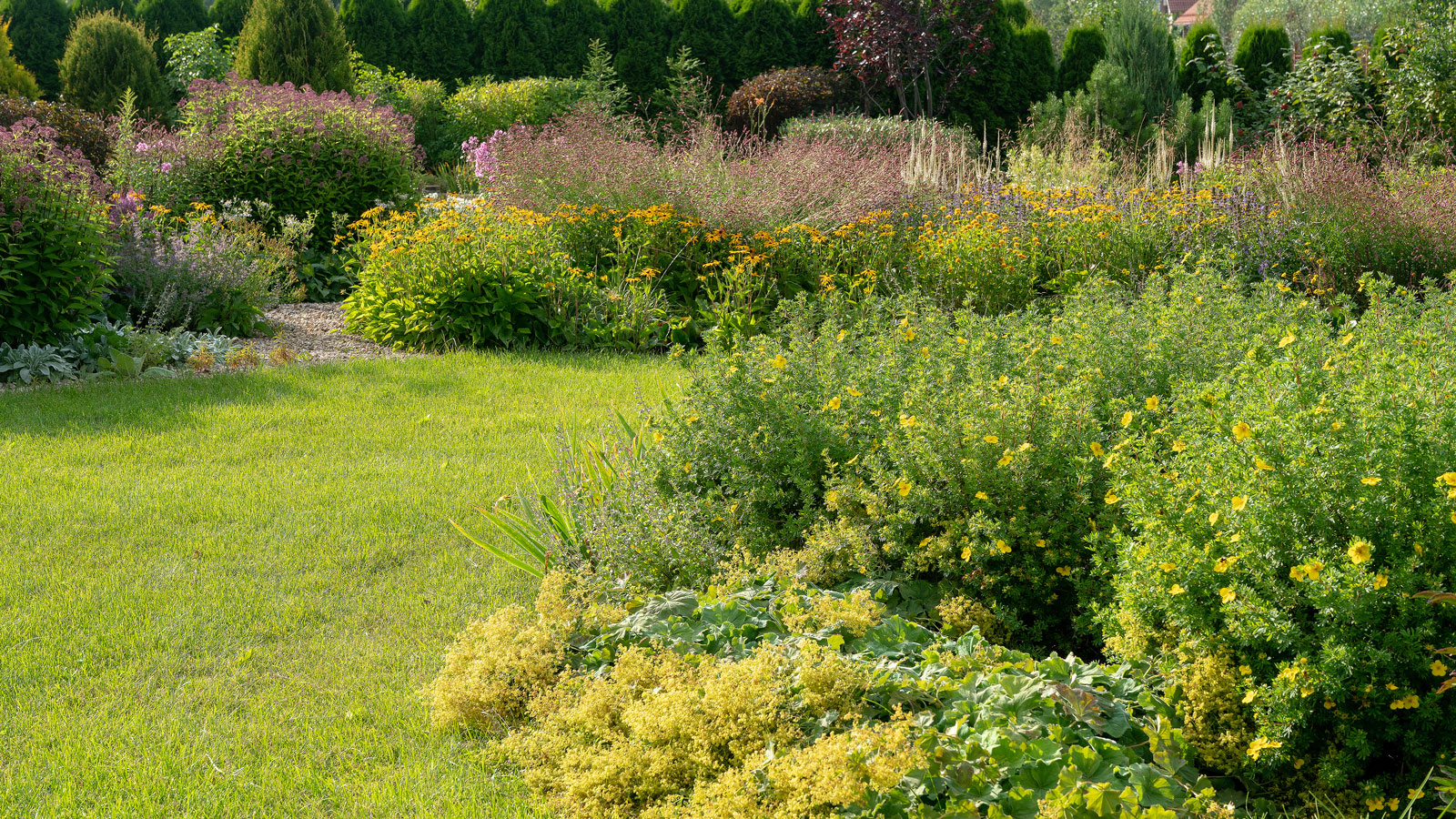

When it comes to selecting the right plants for the right sites, nobody does it better than Mother Nature! That's why native shrubs are almost always your best bet. You can find a native bush to suit every gardening need, whether you’re looking for small native shrubs, large native shrubs, deer resistant native shrubs, and more. But there are more than a few native bushes out there, as well as cultivars of the best. So if this particular choice of landscaping shrub feels confusing, worry not – here is a roundup of our favorites…
Choosing the Best Native Shrubs for Your Garden
This collection of low-maintenance shrubs encompasses options for compact yards as well as larger growing spaces. There are options for lovers of bold and showy flowers, impressive displays of foliage, intoxicating fragrance, brilliant berries, and wildlife such as hummingbirds. Wherever you reside, there is a native shrub just waiting to add longevity and visual interest to your growing space…
1. Oakleaf Hydrangea
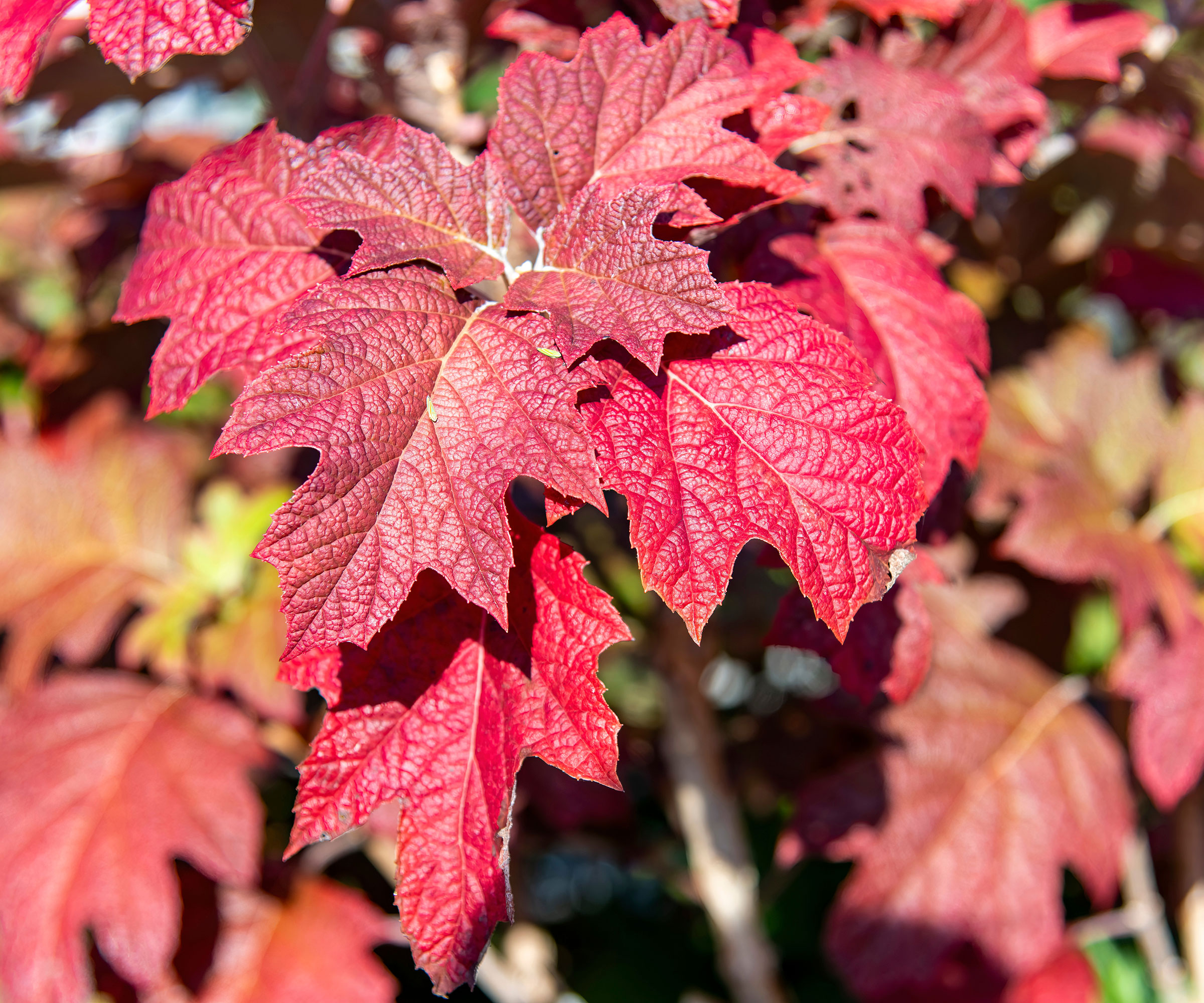
I always think of the best hydrangeas as the workhorses in my landscape. These exceptional flowering shrubs are tough but beautiful, easy to care for and overflowing with flowers in season. Several hydrangeas (Hydrangea quercifolia) are native shrubs, including oakleaf, a bush that offers charm in every season, starting from the huge, oak-shaped leaves in spring, through dangling flower cutters in summer, fiery leaves in autumn, and peeling bark in winter. Hardy to USDA zone 5, you can get them in dwarfed size if you want small native bushes or opt for the medium-to-tall size the shrub naturally attains.
2. Viburnum Winterthur
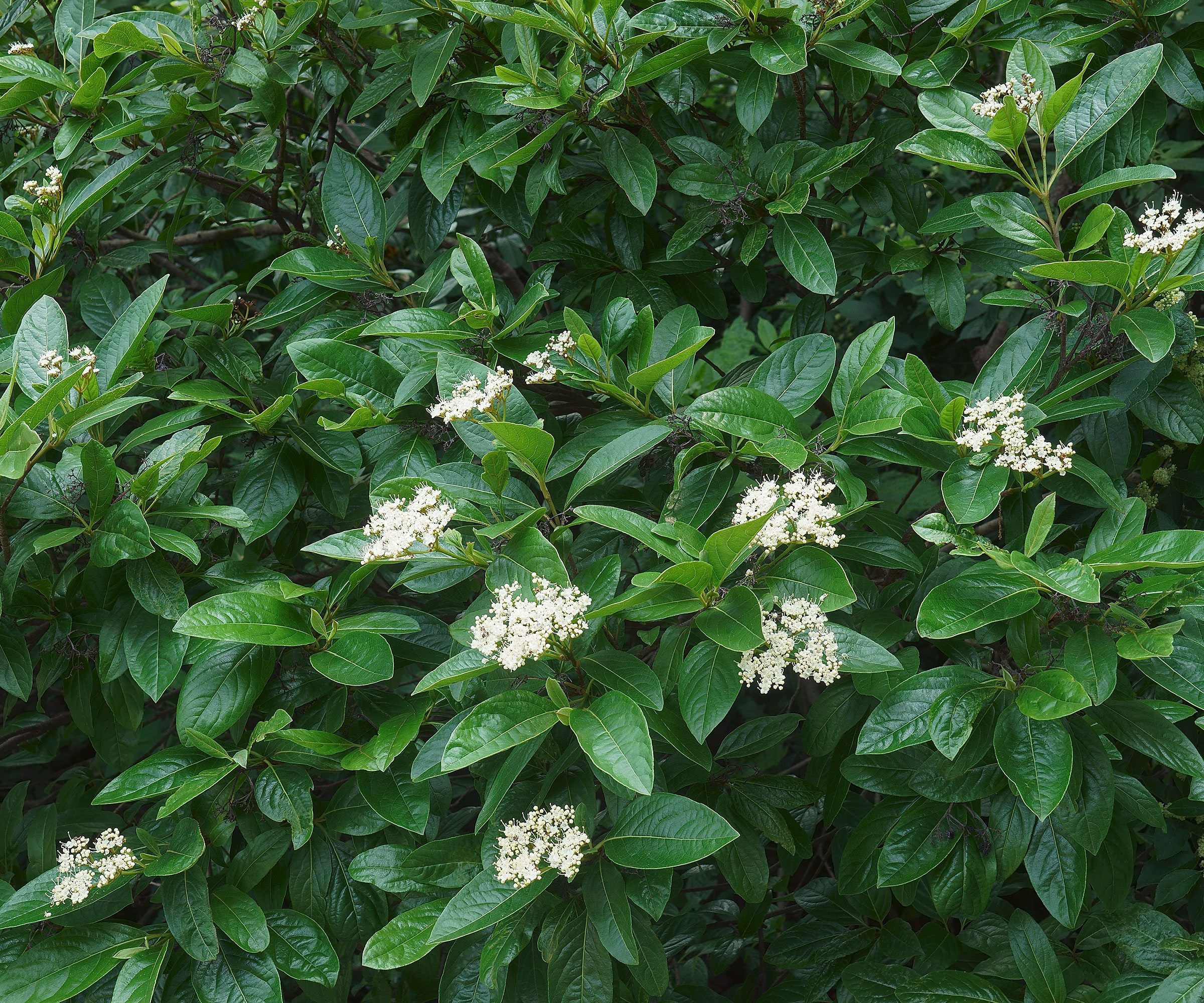
Viburnum is a native shrub and a staple of many gardens. And if you are bringing in a new one, check out Winterthur (Viburnum nudum), an exceptional cultivar with a dense, lush, compact form. It offers great wildlife protection for nesting birds, as well as a crop of dark berries at the end of summer. To get the berries, flowers are necessary, and this flowering viburnum delivers big, fragrant, white blooms during April and May. It rounds out the year with a fiery autumn leaf display. Since this is a nature bush cultivar, it will come as no surprise that Winterthur tolerates most soils and even partial shade.
3. Bottlebrush Buckeye
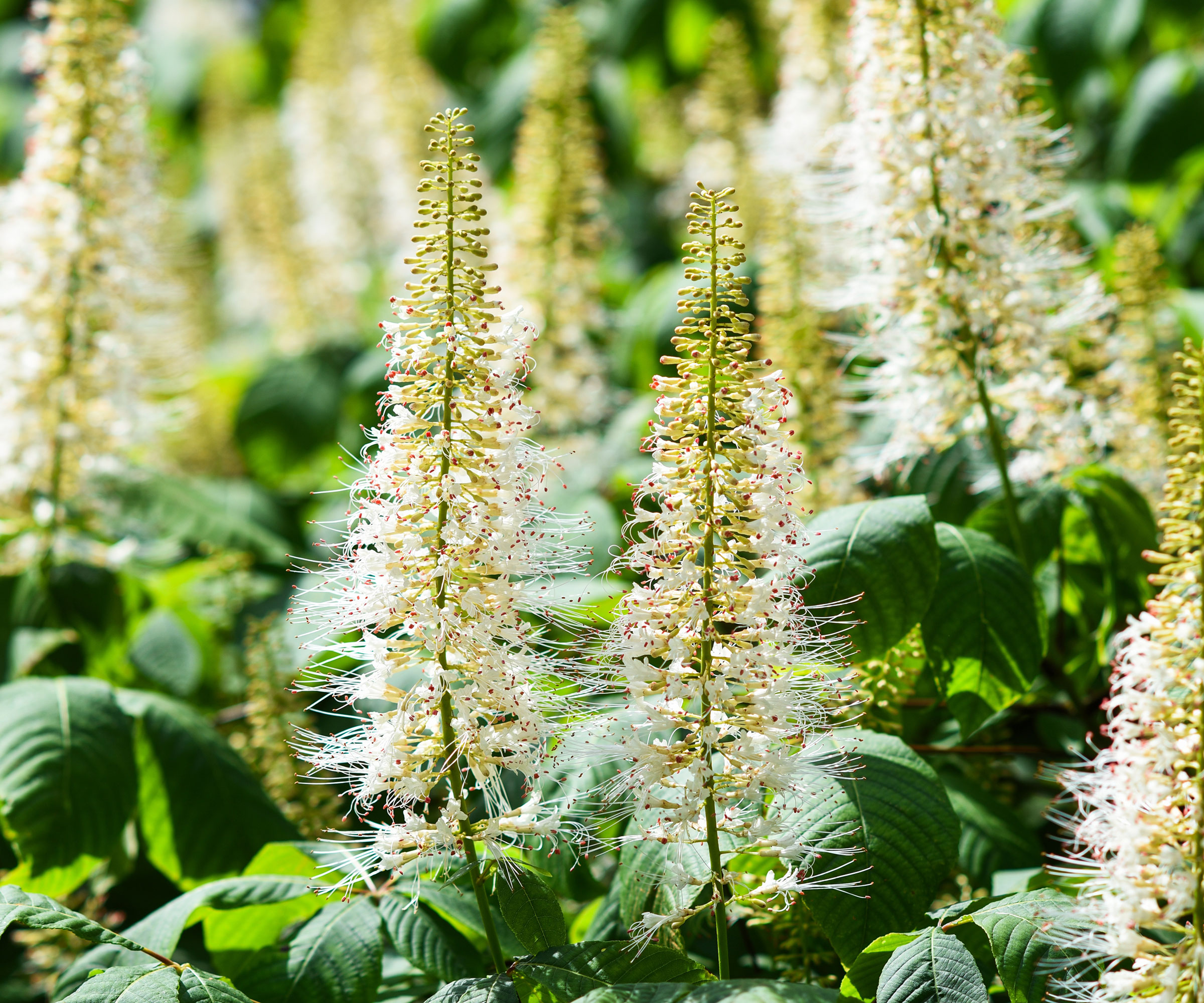
Ready for a large native shrub? Try bottlebrush buckeye that grows to 12 feet (4m) in each direction with many stems. In summer, it is filled with foot-long flower spikes – ivory colored and looking like bottlebrushes. The flowers appeal to pollinators including native bees, butterflies, and hummingbirds. Like most native shrubs, bottlebrush (Aesculus parviflora) is not picky about its locale. It thrives in sun or shade as long as it has well-draining soil. It forms suckers as it matures, so you may end up with a bank of flowering bottlebrush.
4. Buttonbush Sugar Shack
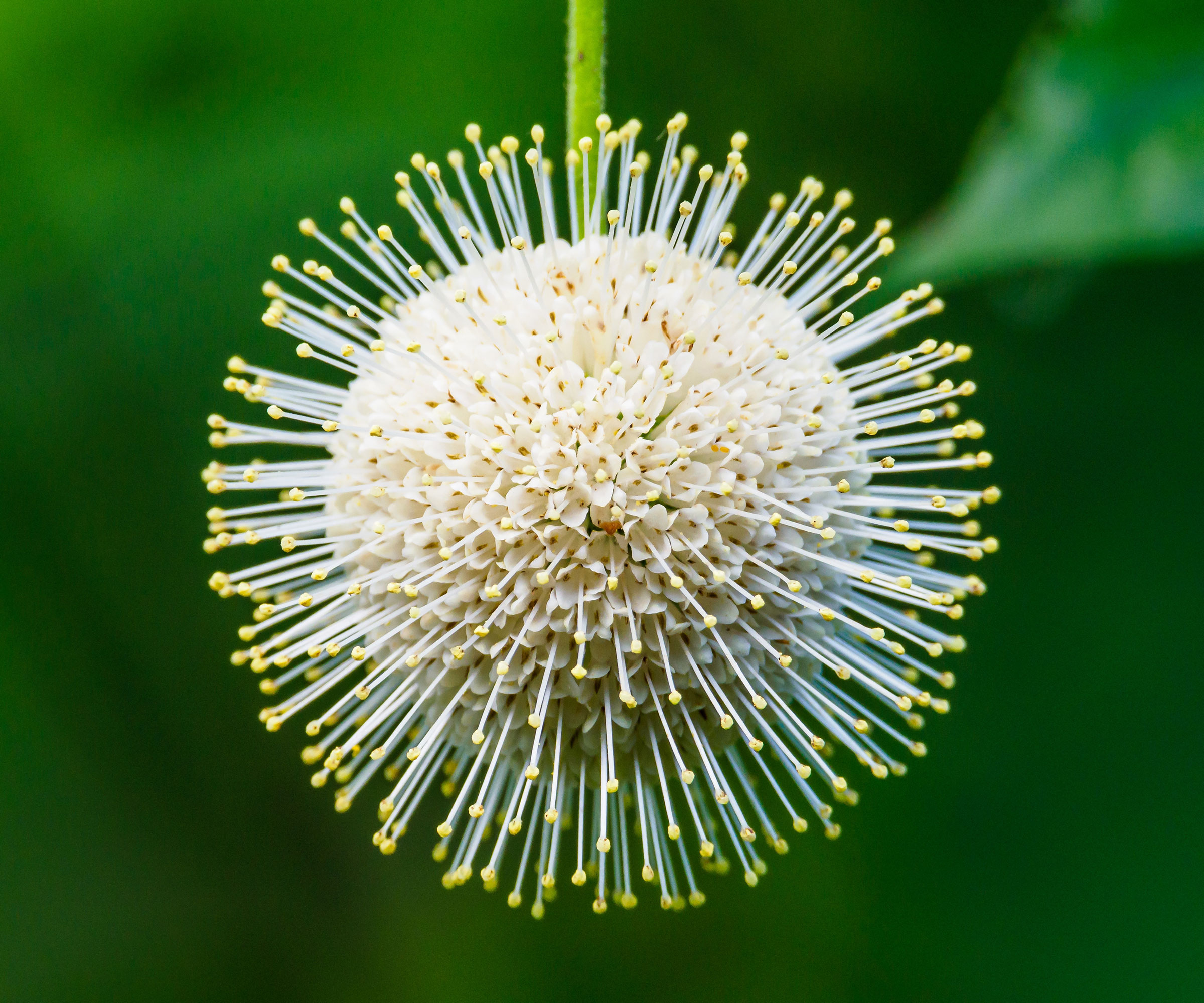
Have you ever seen buttonbush growing in the wild? This beautiful native shrub is so appealing, but much too big for most backyards. If you’re after small native bushes, look no further. Sugar Shack (Cephalanthus occidentalis) is a buttonbush cultivar that is both smaller and more colorful. About half the size of the specimen shrub, it also has bright fragrant white flowers, bright red fruit, and shiny green leaves. Sugar Shack needs a site with sun, either full or partial, to bloom. And does it ever attract pollinators!
5. Winterberry Holly
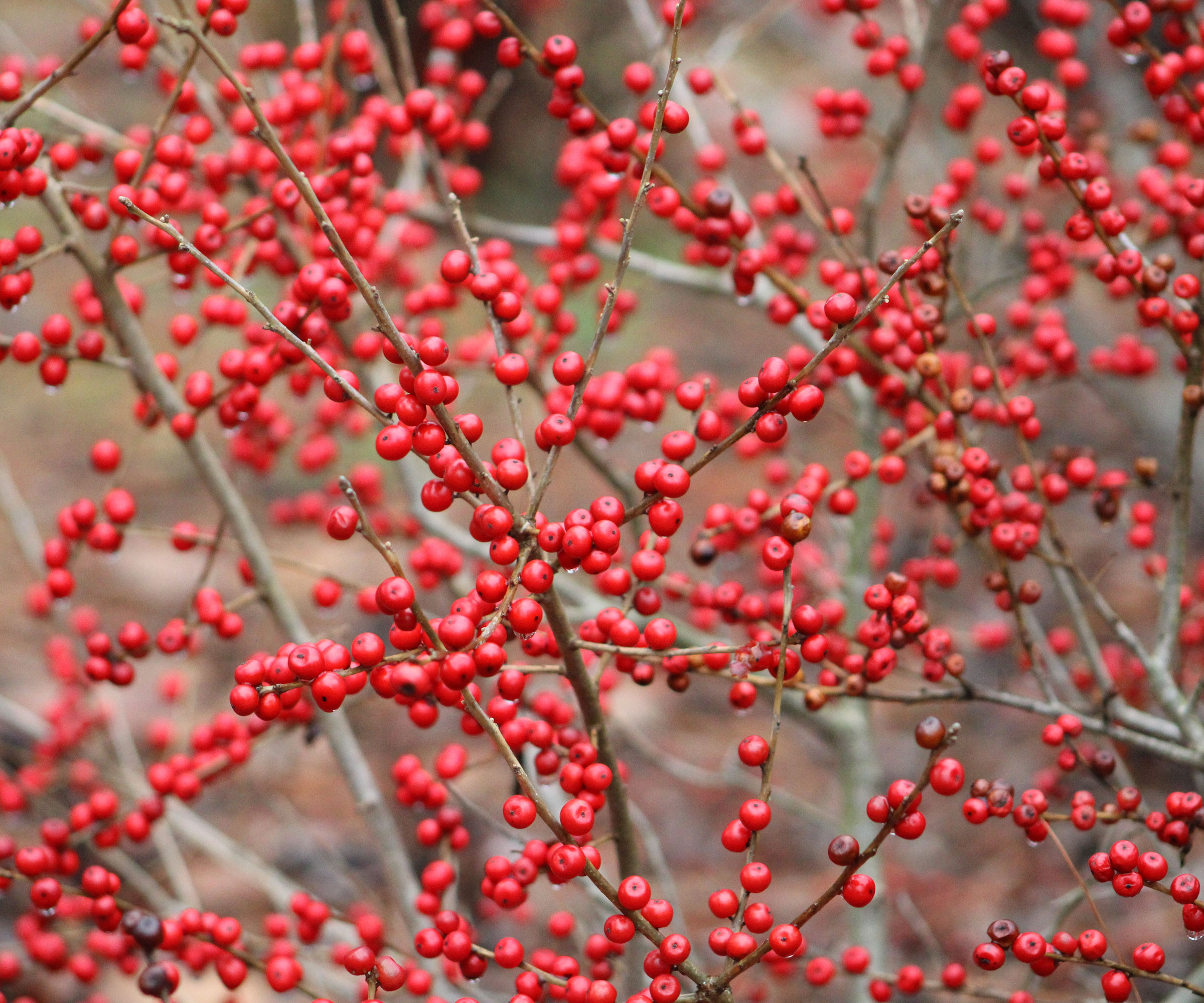
Winterberry holly (Ilex verticillata) is native to a large swath of the country, but not everyone recognizes it as a holly. That's because it isn't evergreen – it loses its leaves in fall. The big upside of this native shrub's deciduous nature is that the fallen leaves give a dramatic view of the bright red berries. They hang on the bare branches into winter. You’ll find when growing winterberry holly that it is one tough native plant. Heat? Cold? Wet? Dry? Winterberry holly takes it all in stride and thrives in sun or shade. Dwarf varieties are available if you need a smaller version.
Gardening tips, videos, info and more delivered right to your inbox!
Sign up for the Gardening Know How newsletter today and receive a free copy of our e-book "How to Grow Delicious Tomatoes".
6. Dogwood Firedance
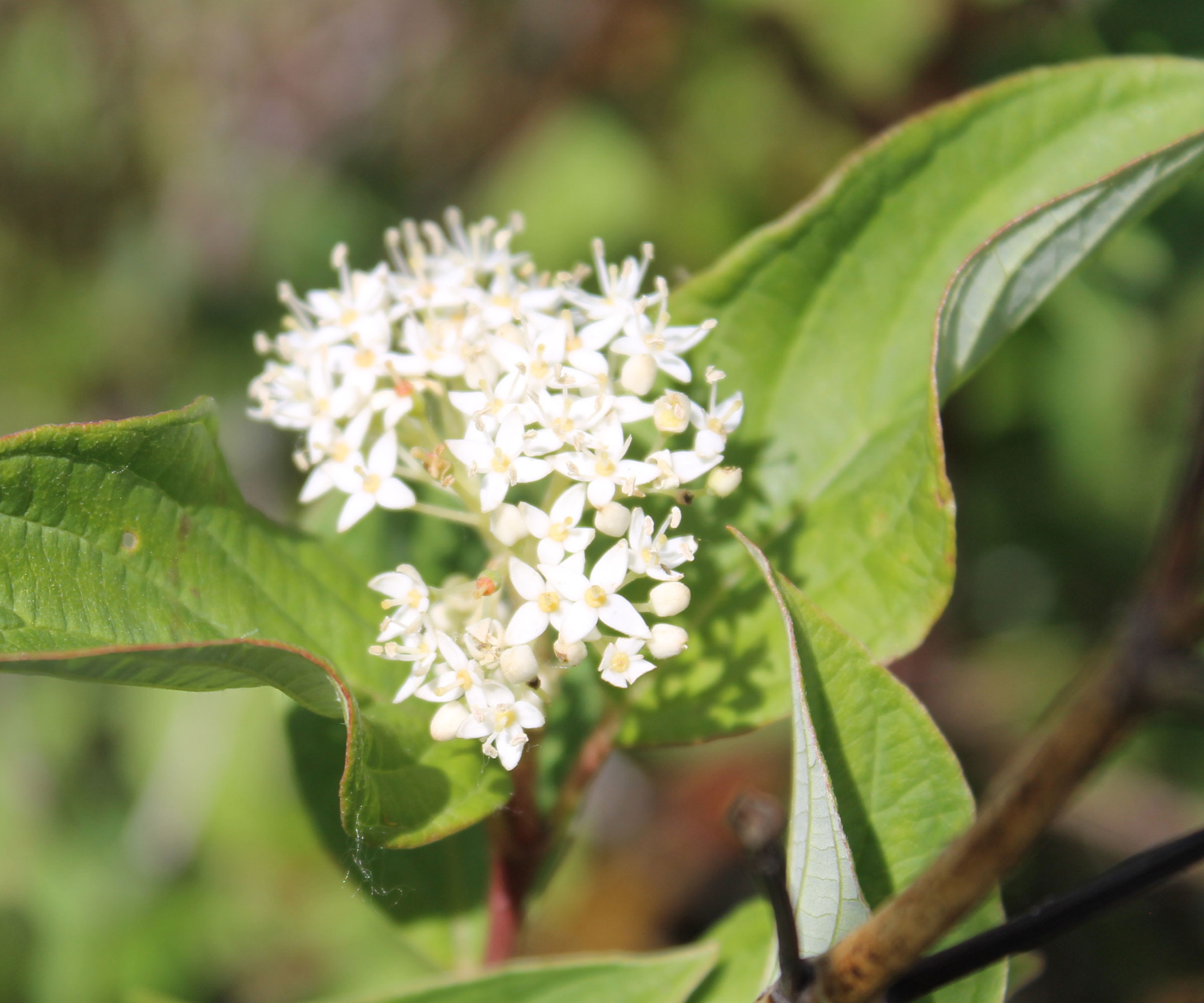
Most of us know and love the native bush dogwood, but it is outsized for many landscapes. Firedance is a compact cultivar of dogwood. Yes, you still have the appealing white spring flowers and then the wildbird-pleasing white berries, as well as all the tolerance of a native shrub. Try using Firedance (Cornus sericea) to hold soil on slopes! But it is equally suitable for moist areas, even rain gardens. You have that red autumn display to look forward to.
7. Mountain Laurel Kaleidoscope
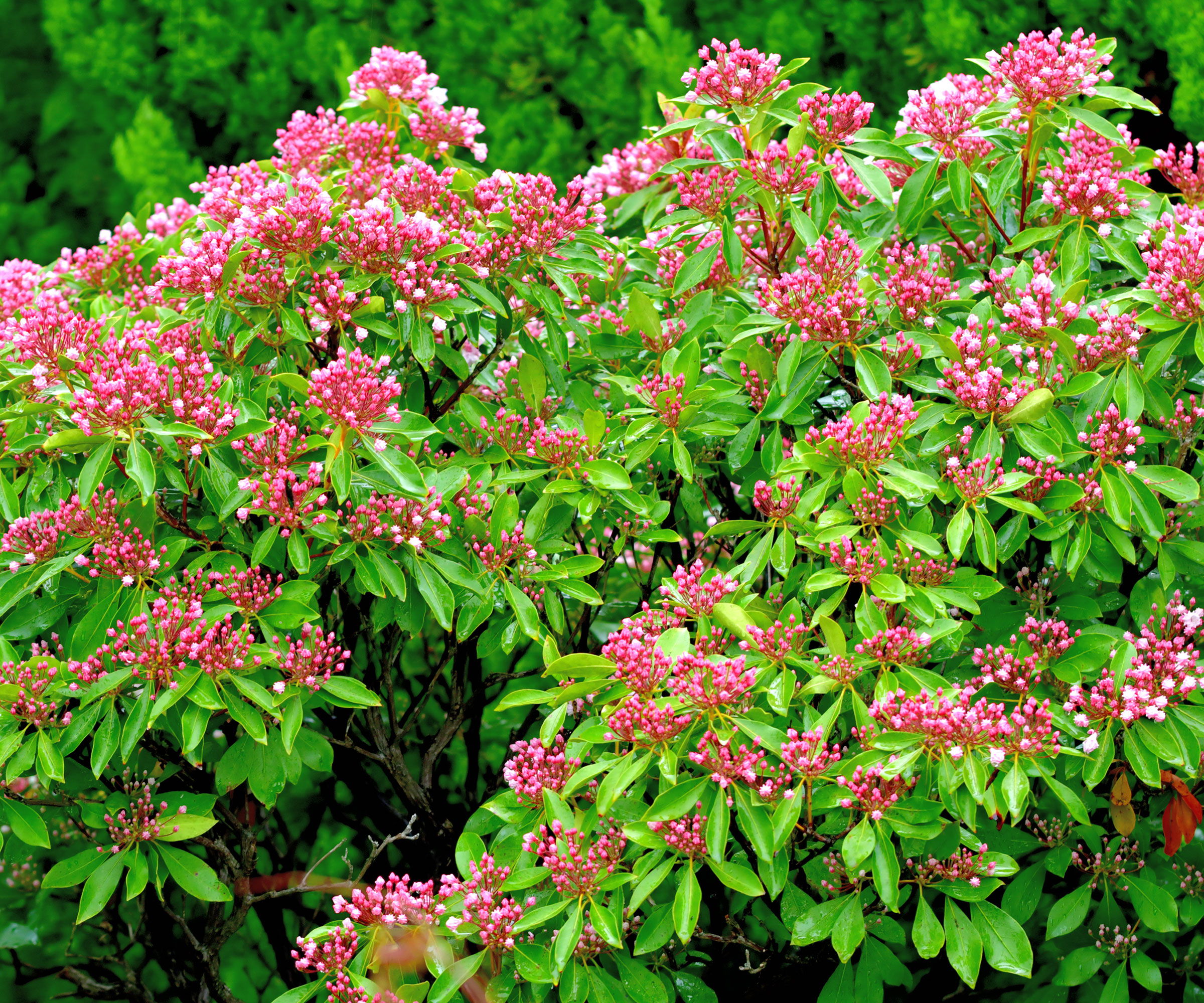
Mountain laurel is native to the eastern half of the country and is appreciated by gardeners for its showy flowers. The leaves of this type of mountain laurel are shiny and dark green, while the flowers are cup-shaped. Though the specimen plant flowers are pink, the buds of the cultivar Kaleidoscope are a dark red with a large white lip. They open into burgundy/cinnamon flowers for a stunning bicolor effect. Kaleidoscope is vigorous, offering regular new growth that also leans toward red. It grows in a wide, upright habit.

Teo Spengler is a master gardener and a docent at the San Francisco Botanical Garden, where she hosts public tours. She has studied horticulture and written about nature, trees, plants, and gardening for more than two decades. Her extended family includes some 30 houseplants and hundreds of outdoor plants, including 250 trees, which are her main passion. Spengler currently splits her life between San Francisco and the French Basque Country, though she was raised in Alaska, giving her experience of gardening in a range of climates.
-
 How To Make A Bouquet Garni Or Herb Bundle For Cooking
How To Make A Bouquet Garni Or Herb Bundle For CookingIf you’re a great cook, you may have made an herb bundle before. If this is a new idea, learn how to add sparkle and interest to your dish with a bouquet garni.
By Amy Grant
-
 ‘Coral Charm’ Peony Care For Sublime Semi-Double Peonies With Lush Salmon Pink Flowers
‘Coral Charm’ Peony Care For Sublime Semi-Double Peonies With Lush Salmon Pink FlowersPeonies are known for their soft baby pink or magenta tones, but if plushy coral blooms are your thing, here’s our guide to the ultimate ‘Coral Charm’ peony care
By Tonya Barnett
-
 Spectacular Early Blooming Shrubs: 6 Sparkling Spring Flowering Bushes
Spectacular Early Blooming Shrubs: 6 Sparkling Spring Flowering BushesWant to kickstart your gardening year with dazzling spring flowering bushes for beds and borders? These unique early bloomers are sure to help you rise and shine!
By Teo Spengler
-
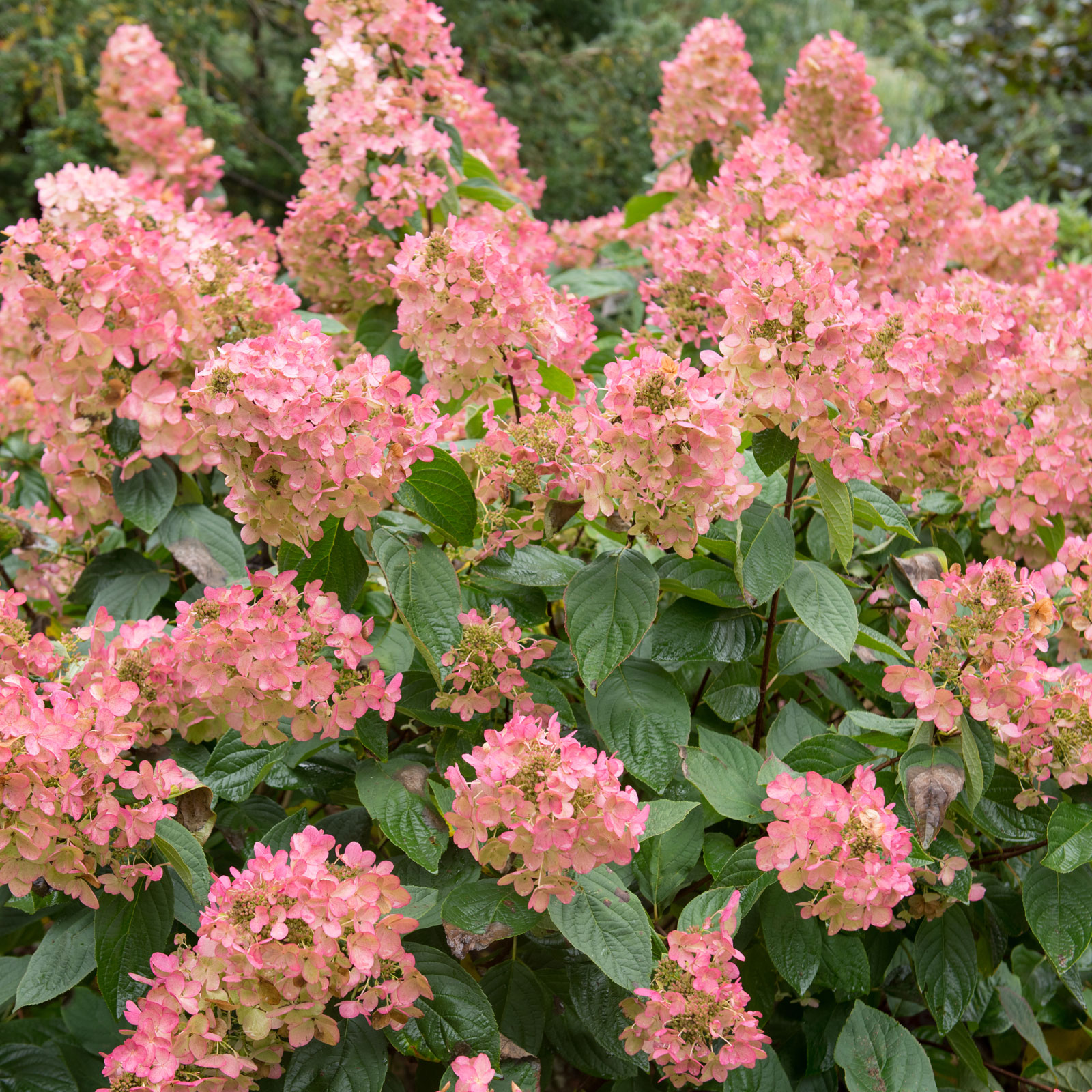 Quick Fire Hydrangea – The Elegant, Easy-Care Shrub Every Gardener Needs In Their Landscape
Quick Fire Hydrangea – The Elegant, Easy-Care Shrub Every Gardener Needs In Their LandscapeIf you’re after an early flowering panicle hydrangea that offers plenty of floral variety, the Quick Fire hydrangea goes big on visual dynamics from early summer to fall
By Tonya Barnett
-
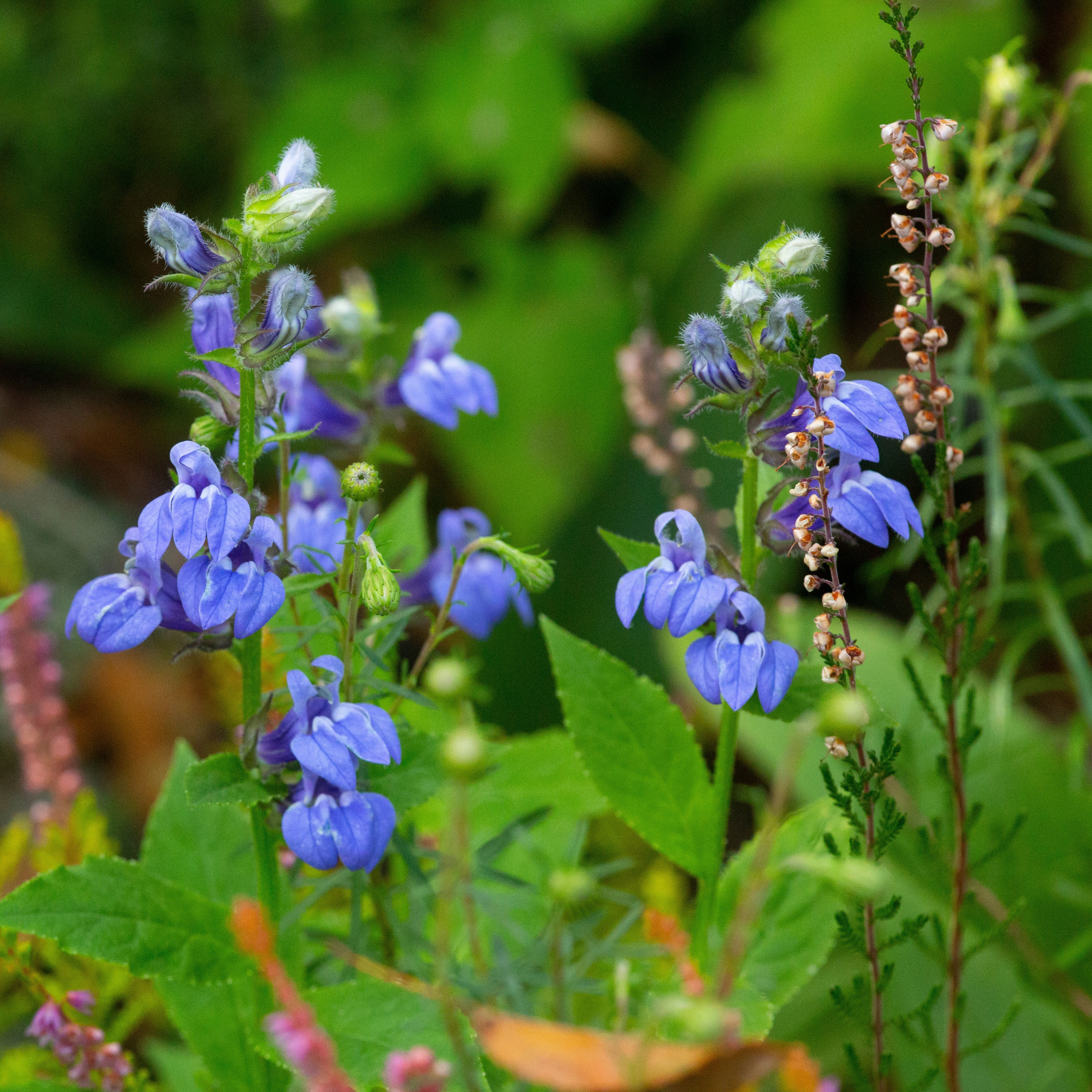 Grow Great Blue Lobelia: Native Blue Cardinal Flowers For Butterflies And Hummingbirds
Grow Great Blue Lobelia: Native Blue Cardinal Flowers For Butterflies And HummingbirdsIf you’re keen to enhance your native plants or attract more pollinators, blue cardinal flowers are an essential flowering perennial. Here’s how to grow great blue lobelia
By Tonya Barnett
-
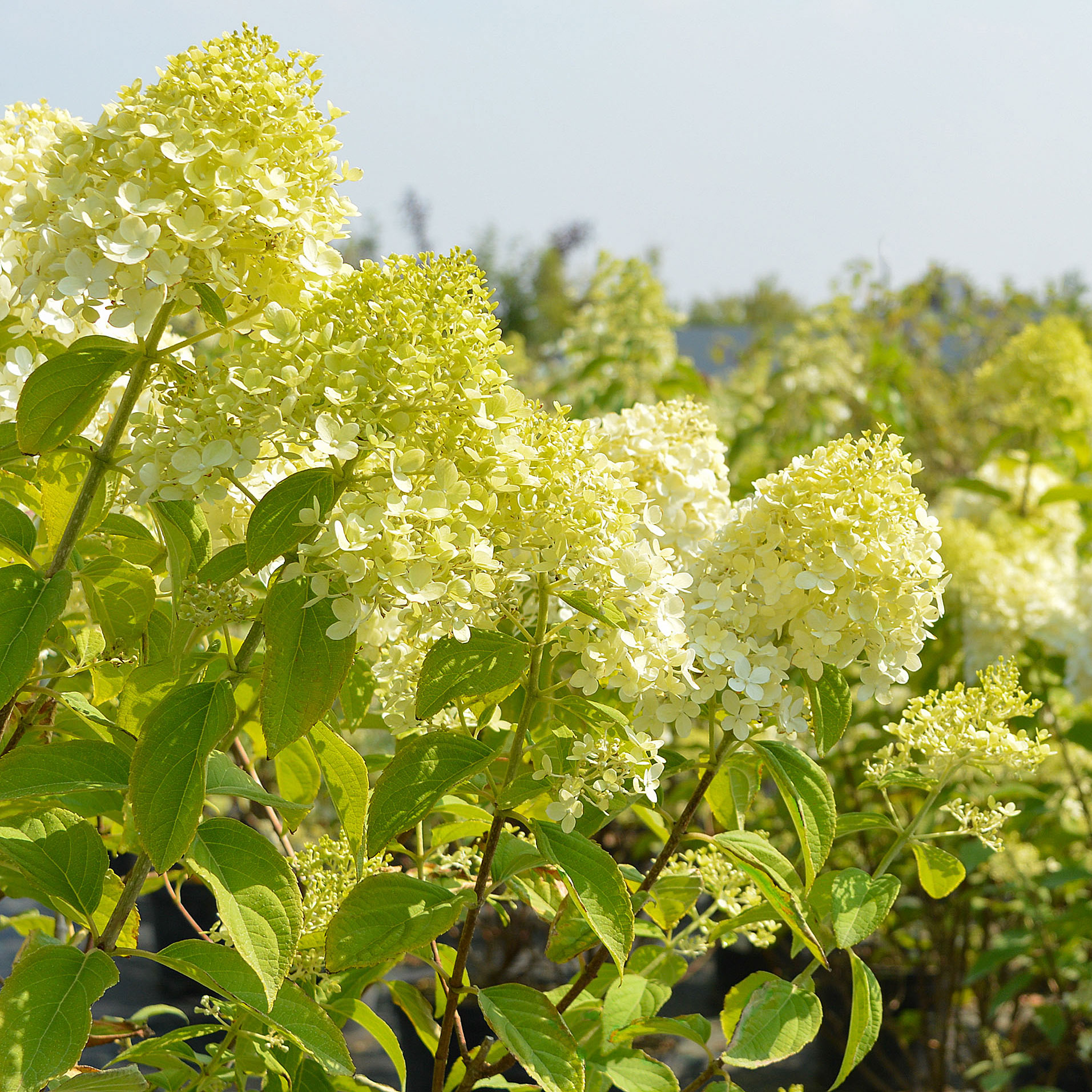 Grow Limelight Hydrangea Shrubs For Green Themed Displays And Brilliant Borders
Grow Limelight Hydrangea Shrubs For Green Themed Displays And Brilliant BordersIf you're a panicle hydrangea lover in search of flamboyant, long-lasting florals, knowing how to grow Limelight hydrangea shrubs will ensure gorgeous green blooms
By Mary Ellen Ellis
-
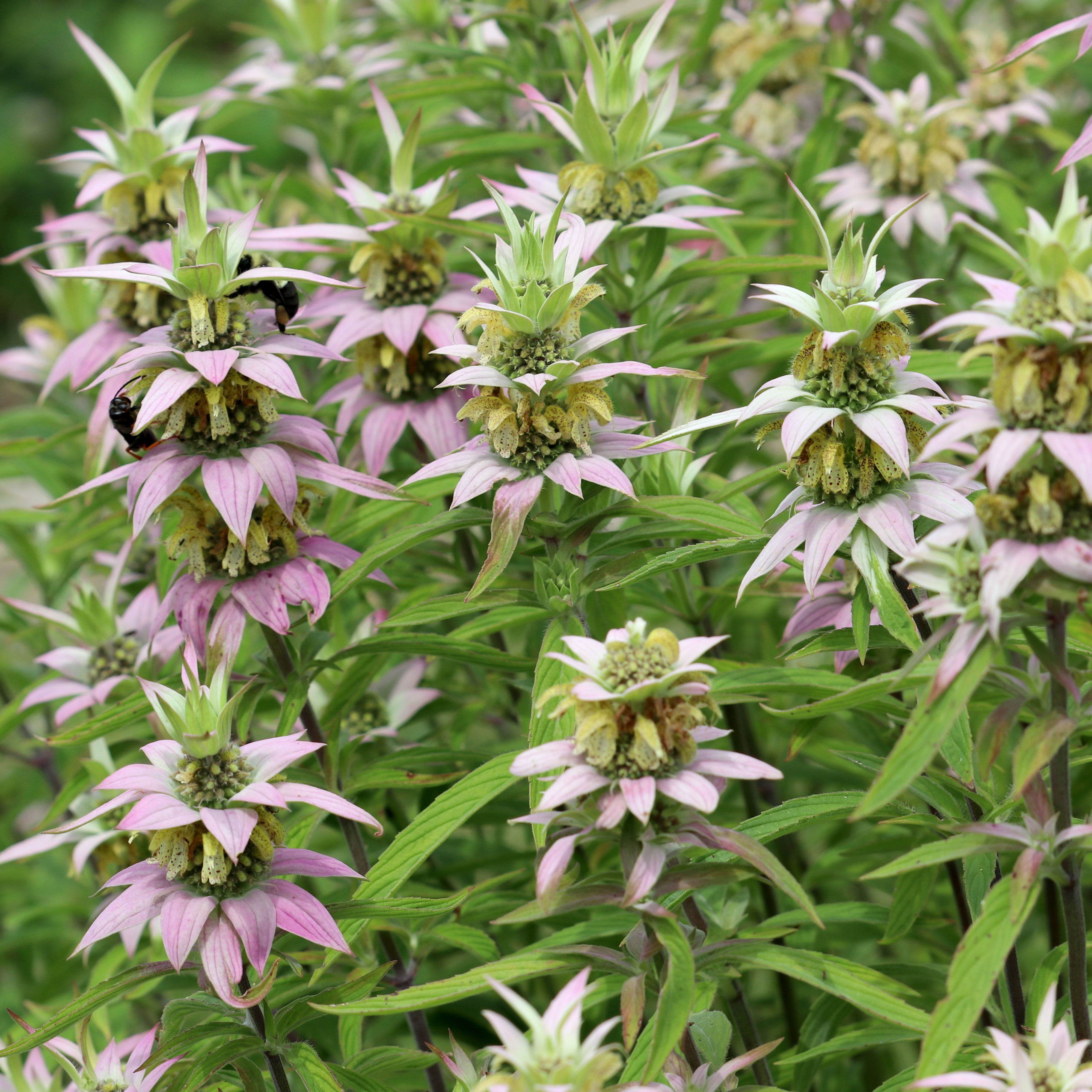 Growing Spotted Bee Balm: Find Out How To Grow Horsemint For Your Pollinator Garden
Growing Spotted Bee Balm: Find Out How To Grow Horsemint For Your Pollinator GardenFor anyone looking to cultivate native flowering plants that attract pollinators, spotted bee balm is a must! We show you how to grow horsemint for friendly garden visitors
By Tonya Barnett
-
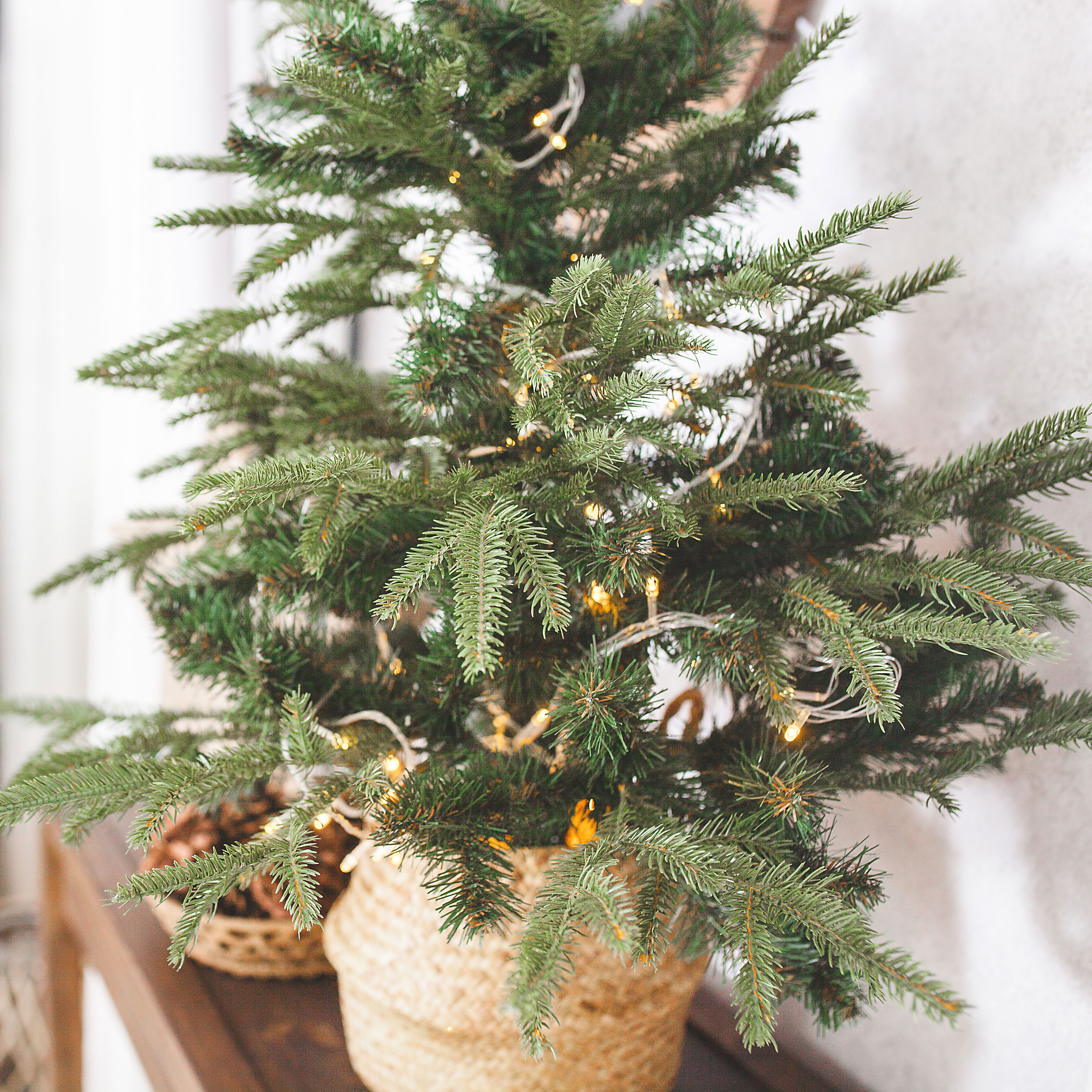 Tiny Trees For The Holidays: 6 Real Mini Christmas Tree Varieties For Festive Cheer
Tiny Trees For The Holidays: 6 Real Mini Christmas Tree Varieties For Festive CheerThe best things come in small packages, so they say, and when it comes to spreading holiday cheer, you’ll love these real mini Christmas tree plant types
By Bonnie L. Grant
-
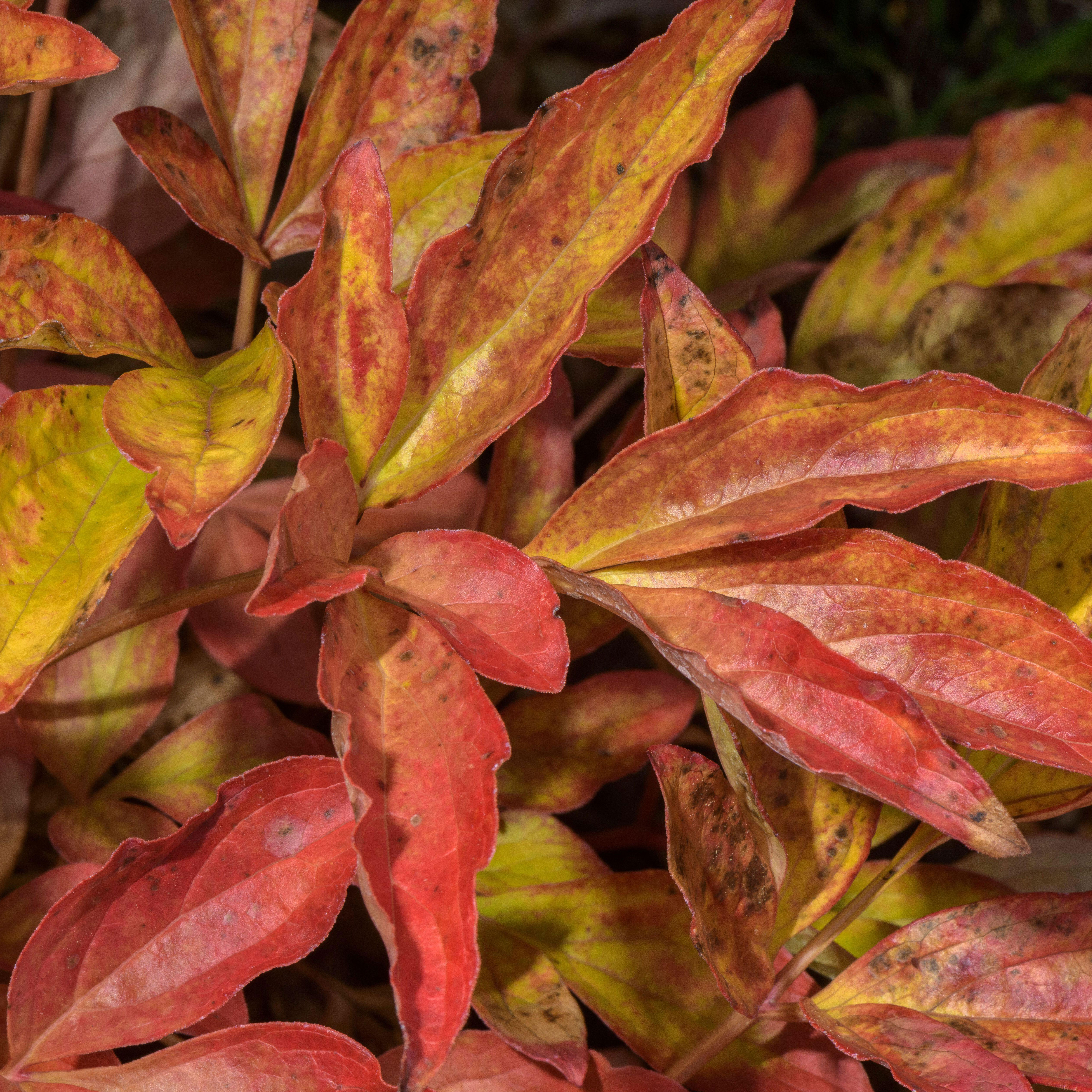 Time To Transplant Peonies: Why Fall Is The Best Time To Move Peonies, And How To Do It Right
Time To Transplant Peonies: Why Fall Is The Best Time To Move Peonies, And How To Do It RightIf you want the healthiest peonies, replanting is a great way to boost longevity. Here’s why fall is the best time to move peonies, and how to transplant them correctly.
By Tonya Barnett
-
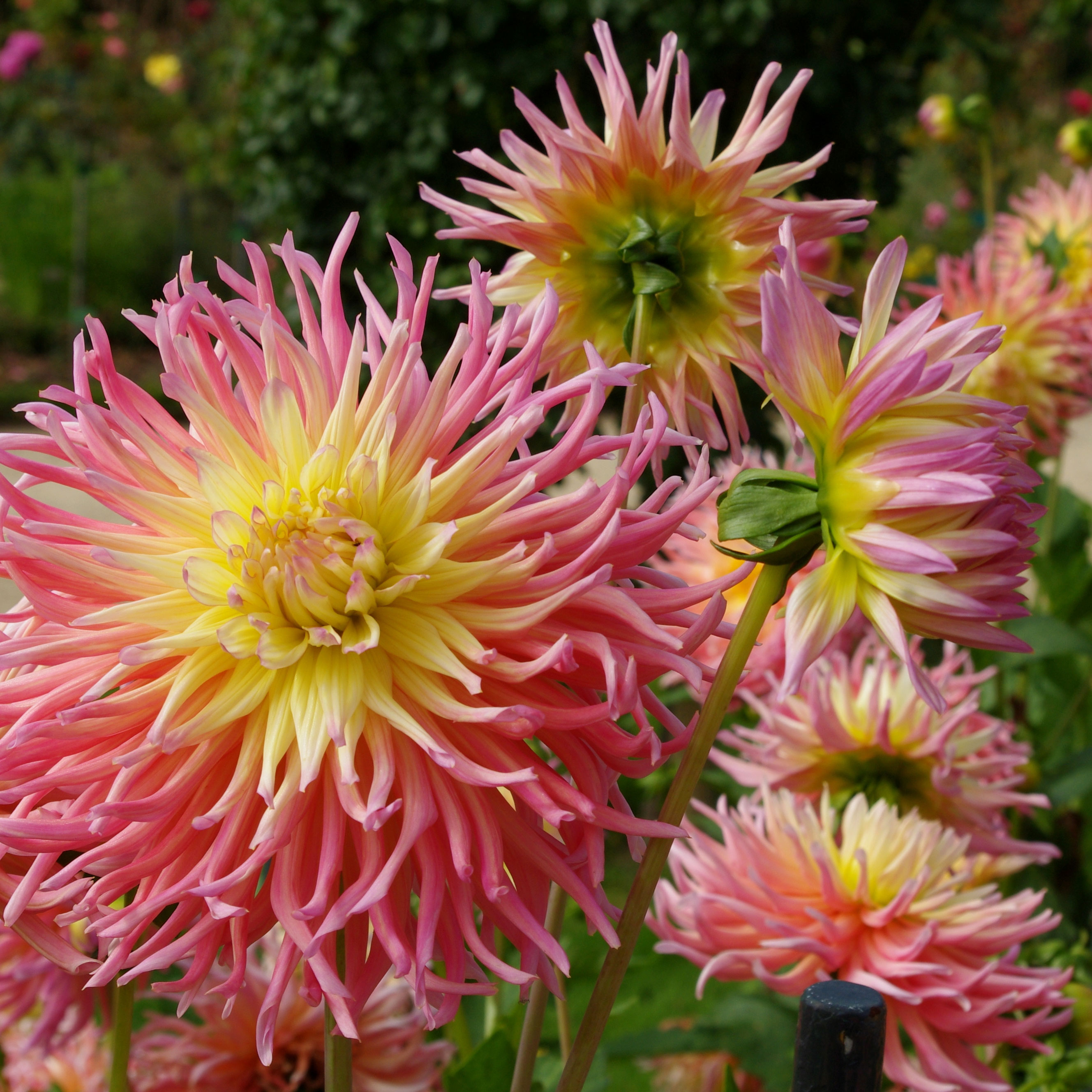 7 Cactus Dahlia Varieties And Semi-Cactus Dahlia Types To Try
7 Cactus Dahlia Varieties And Semi-Cactus Dahlia Types To TryWhile some dahlias have soft petals or pompon heads, others have dramatic spikes! We round up seven outstanding cactus dahlia varieties and semi-cactus types to grow
By Mary Ellen Ellis